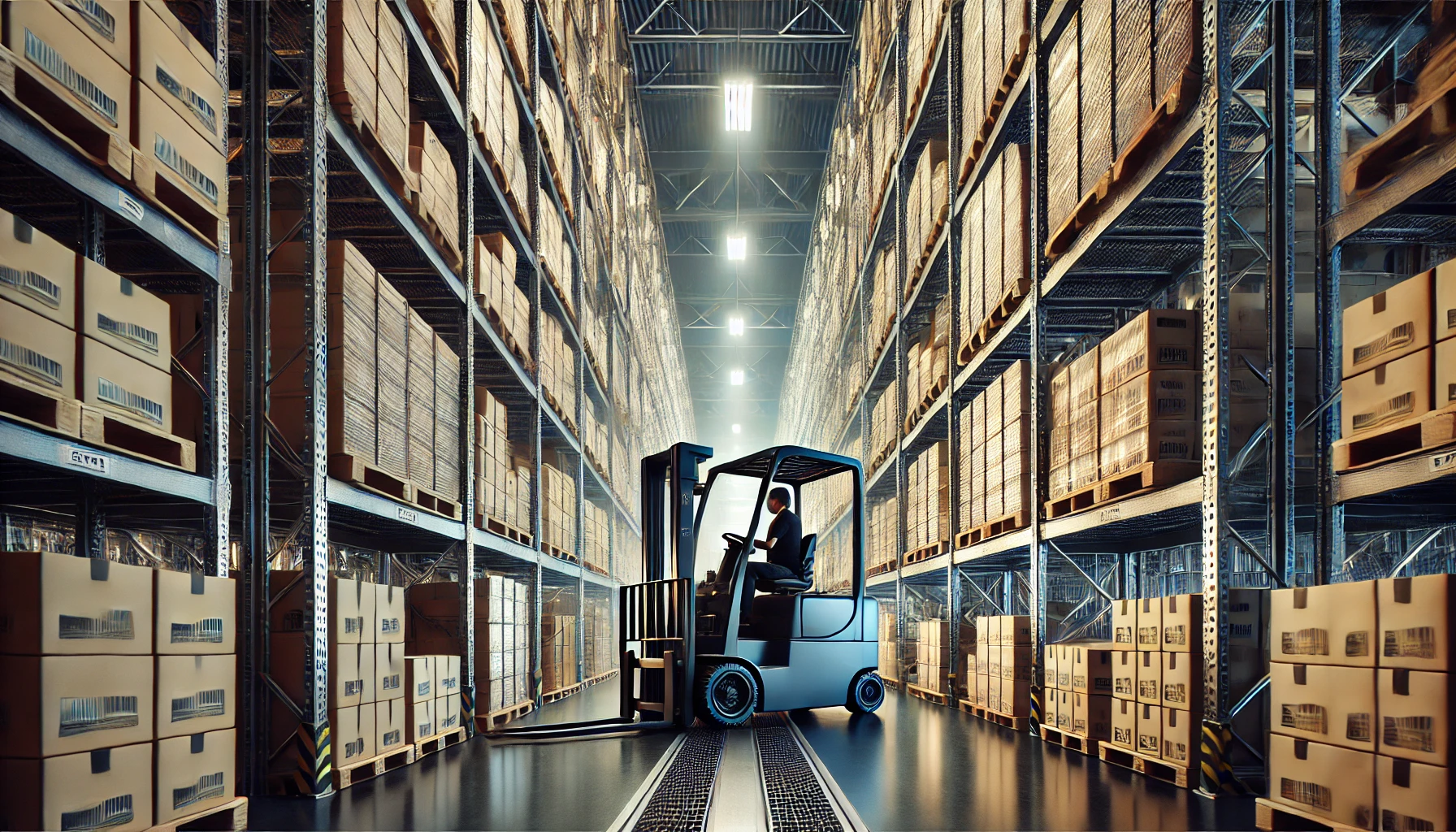In large warehouses, thousands of goods movements are coordinated daily—from putaway to picking and dispatch. Every minute is critical, as errors can lead to costly delays. That’s why it’s essential to strategically manage and harmonize factors like employees, machinery, and storage space. One of the most popular solutions for this is SAP Extended Warehouse Management (EWM).
In this two-part series, we explain how resources are defined in SAP EWM and how optimizing them can help reduce costs.

What is SAP EWM?
SAP Extended Warehouse Management is a comprehensive warehouse management system designed to help companies efficiently control and optimize complex warehouse and logistics processes. It offers advanced features for managing warehouse movements, inventory, and resources in real time, greatly improving flexibility and transparency within the warehouse. A central concept in SAP EWM is the management of “resources.”
What are Resources in SAP EWM?
In SAP EWM, resources refer to all units involved in carrying out warehouse processes. These resources are key to the efficiency and effectiveness of a warehouse, and they fall into three main categories:
- Physical Resources
Physical resources include warehouse equipment such as forklifts, conveyor systems, automated cranes, radio frequency (RF) equipment, and automated retrieval systems. These machines and devices are essential for moving goods quickly and accurately, whether it’s for internal warehouse transport, storage and retrieval, or loading goods onto trucks. SAP EWM allows for the precise planning and allocation of this equipment to avoid bottlenecks and maximize efficiency. - Human Resources
Human resources encompass the employees who perform tasks like picking, packing, and handling goods. Shift schedules need to be organized, responsibilities clearly assigned, and workers must be properly trained for their roles. SAP EWM integrates human resources using master data, qualifications, and shift plans to efficiently incorporate employees into the overall warehouse process. - Space Resources
Space resources refer to the physical warehouse space itself. Efficient space management can reduce the time required for storage and retrieval, minimize congestion, and maximize storage capacity. The more efficiently the space is used, the lower the storage costs for the company.
Why is Resource Management in SAP EWM important?
Well-designed resource management in SAP EWM is crucial for optimizing warehouse operations. When physical, human, and space resources are perfectly coordinated, a warehouse can achieve maximum productivity, provide optimal working conditions for employees, and minimize errors and accidents.

Additionally, efficient resource management saves time and reduces costs, as goods are moved more quickly, tasks are better organized, and bottlenecks are avoided. However, this optimization is not a one-time task—consultants and warehouse managers must continuously fine-tune warehouse processes to meet the growing demands of modern logistics and ensure ongoing productivity.
How Can Resources Be Optimized in EWM?
The answer to this question will be covered in the next article.


